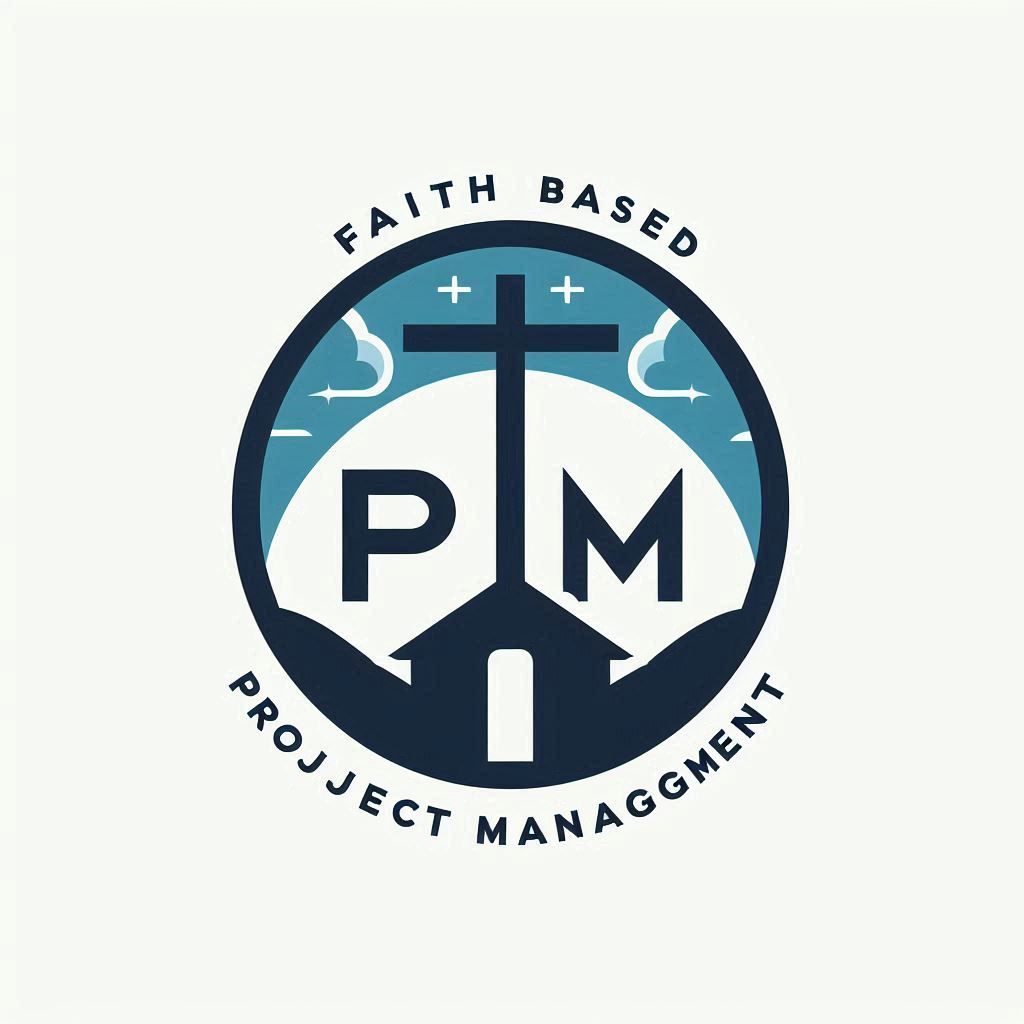How a church is structured can really make or break its projects. Hierarchical governance, where decisions come from the top, might seem efficient, but it often skips over input from those on the ground. On the flip side, a congregational model that involves more people in decision-making takes longer but brings in wider perspectives.
When projects move faster with an elder-led structure, it often comes down to trust. Elders work collaboratively, balancing wisdom with timely execution. For example, a church plant can shoot up three times faster when smart elders replace cumbersome committees. It’s like swapping out dial-up for fiber optics.
Resource allocation is another biggie where governance plays a role. Centralized budgets align with the big picture but might stifle creative solutions from individual ministries. When departments control their budgets, creativity flourishes, but watch out for resource duplication. A staggering 68% of stalled projects blame delayed budget access according to a Leadership Network study.
Keeping things accountable and sustainable is crucial. Term limits help prevent leadership burnout but could lose valuable know-how. Lifetime appointments? They offer continuity, sure, but without new ideas, stagnation looms. Consider Proverbs 15:22: ‘Without counsel plans fail, but with many advisers they succeed.’ That’s why a diverse leadership team, with fresh and seasoned voices, is a game-changer.
Comparing Church Governance Models: Strengths and Pitfalls
Diving into the world of church governance, different structures come with their own set of perks and challenges. The Pastor-Led model brings quick decision-making and a unified vision, perfect for when quick pivots are needed. But there’s a catch: leaning too heavily on one person can stretch things too thin.
Elder Boards have their merits, often bringing wise and deliberate planning to the table. Yet, reaching a consensus can sometimes feel like herding cats, slowing down momentum.
Deacon Teams get hands-on by rolling up their sleeves for execution. They can, however, become too focused on tasks, potentially losing sight of the broader vision. Introducing a bit of spiritual insight might balance things out.
Then there are hybrid models that mix staff and lay leaders. They tap into diverse talents, blending strategic insight with practical execution. But without clear roles, this approach can lead to chaos. Think of it like a band where everyone plays the drums, but no one puts the beat together.
Take the cautionary tale of a megachurch sticking with the same finance team for over a decade, leading to a failed building project. They stuck to outdated ways, missing out on fresh insights and missing the whole modern best practices boat. Clearly, a dash of re-evaluation can be a lifesaver. It’s always worth considering if a mix of experienced and new voices might steer the ship a bit straighter.
Best Practices for Effective Church Governance
Clearly defining roles early on can save a lot of headaches down the road. Using tools like RACI matrices helps everyone know who’s responsible, accountable, consulted, and informed. Consider a sample charter where elders set the vision, staff execute the plans, and deacons handle practical needs. No more stepping on each other’s toes by accident.
Flexibility is another key ingredient for smooth governance. Imagine applying ‘sunset clauses’ to auto-review projects every year. These clauses prompt a fresh perspective and ensure projects stay on track with current needs and goals. Empowering task forces for urgent matters helps bypass bureaucratic speed bumps when time is of the essence.
Spiritual oversight is non-negotiable for keeping projects aligned with a church’s calling. Monthly discernment questions like ‘Is this project still aligned with our calling?’ or ‘Are we leading in human strength or God’s power?’ can act as a compass, focusing efforts on faith-driven priorities.
By integrating these best practices, churches can pave a more efficient and collaborative path, ensuring their projects not only succeed but thrive in a way that truly reflects their mission and values. It’s about blending practicality with spirituality to create a governance structure that serves both the church and its broader community effectively.
Recognizing and Rectifying Governance Dysfunction
It’s important to recognize the red flags of governance dysfunction early to keep things running smoothly. Consistently missed deadlines often point to governance bottlenecks, where decisions or approvals get stuck in limbo. And when volunteer turnover spikes, it might signal confusion or frustration over who’s really in charge.
Beware of the ‘same three people’ syndrome, where a small group makes every decision. This might stunt the church’s growth by limiting involvement and fresh ideas. Just because someone is gifted doesn’t mean they’re the right fit for every governance role. Mixing skills with organizational needs keeps things balanced.
Annual ‘Governance Health Checks’, ideally with an outside consultant, can shed light on hidden issues. These assessments ensure the governance structure evolves with the church’s needs and expands its capacity to serve effectively.
One rural church turned their struggles into strengths by aligning their governance structure with biblical principles. Moving from a ‘pastor does all’ model to a team-based approach matched roles to peoples’ gifts—this move tripled volunteer engagement and breathed new life into their outreach.
Recognizing dysfunction isn’t about pointing fingers; it’s about improving systems. By maintaining openness to change and regularly evaluating governance structures, churches can enhance their impact, staying true to both mission and community.
